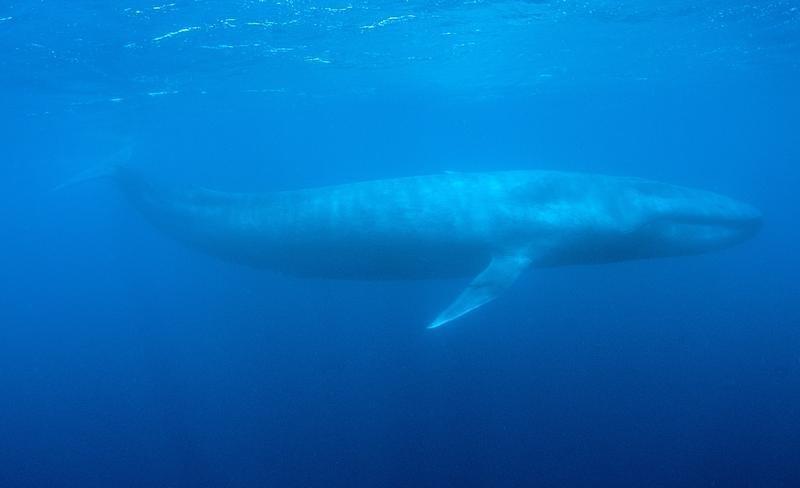Blue whales, unused to dodging, at risk from ships: Stanford biologist
Blue whales are vulnerable to cargo ship strikes because they are so used to being the largest animal in the ocean that they often fail to avoid the vessels, a Stanford University biologist has found.
The study published in the latest edition of the journal Endangered Species Research is based on direct observation in the waters off Southern California, where a team used GPS technology and suction cups to track how the giant mammals respond when a vessel is barreling toward them.
Researchers found that blue whales, instead of diving sharply, responded to approaching ships by descending gradually at a rate of just over a foot and a half (0.5 meter) per second, and did not try swimming to one side, according to Stanford University.
In most cases, researchers found the whales’ movement was barely fast enough to avoid a ship.
The study, published about two weeks ago, represents an effort to better understand the behavior of the endangered behemoths, which according to the World Wildlife Fund number between 10,000 and 25,000, in hopes of finding ways to avoid fatal collisions.
Conservation groups have said at least 11 blue whales are struck annually along the U.S. West Coast.
“It’s not part of their evolutionary history to have cargo ships killing them, so they haven’t developed behavioral responses to this threat,” Jeremy Goldbogen, an assistant professor of biology at Stanford’s Hopkins Marine Station and senior author on the study, said in a statement.
Blue whales have for millions of years thrived on the benefits of their size. Adults can reach nearly 100 feet (30 meters) in length and weigh 190 tons (172 tonnes), twice as much as the largest known dinosaur, and with those proportions are largely free from attacks by predators.
Shipping companies have taken steps to avoid cargo ship collisions with whales.
They have moved shipping lanes in the waters beyond San Francisco and further south in the Santa Barbara Channel to avoid gathering places for whales, said John Berge, a vice president with the Pacific Merchant Shipping Association.
Outside the ports of Los Angeles and Long Beach, as a measure to reduce emissions, ships have long been required to slow to 12 knots, which has the added benefit of reducing collisions with whales, he said. A similar slowdown was launched last year in the Santa Barbara Channel.
Source: www.reuters.com

